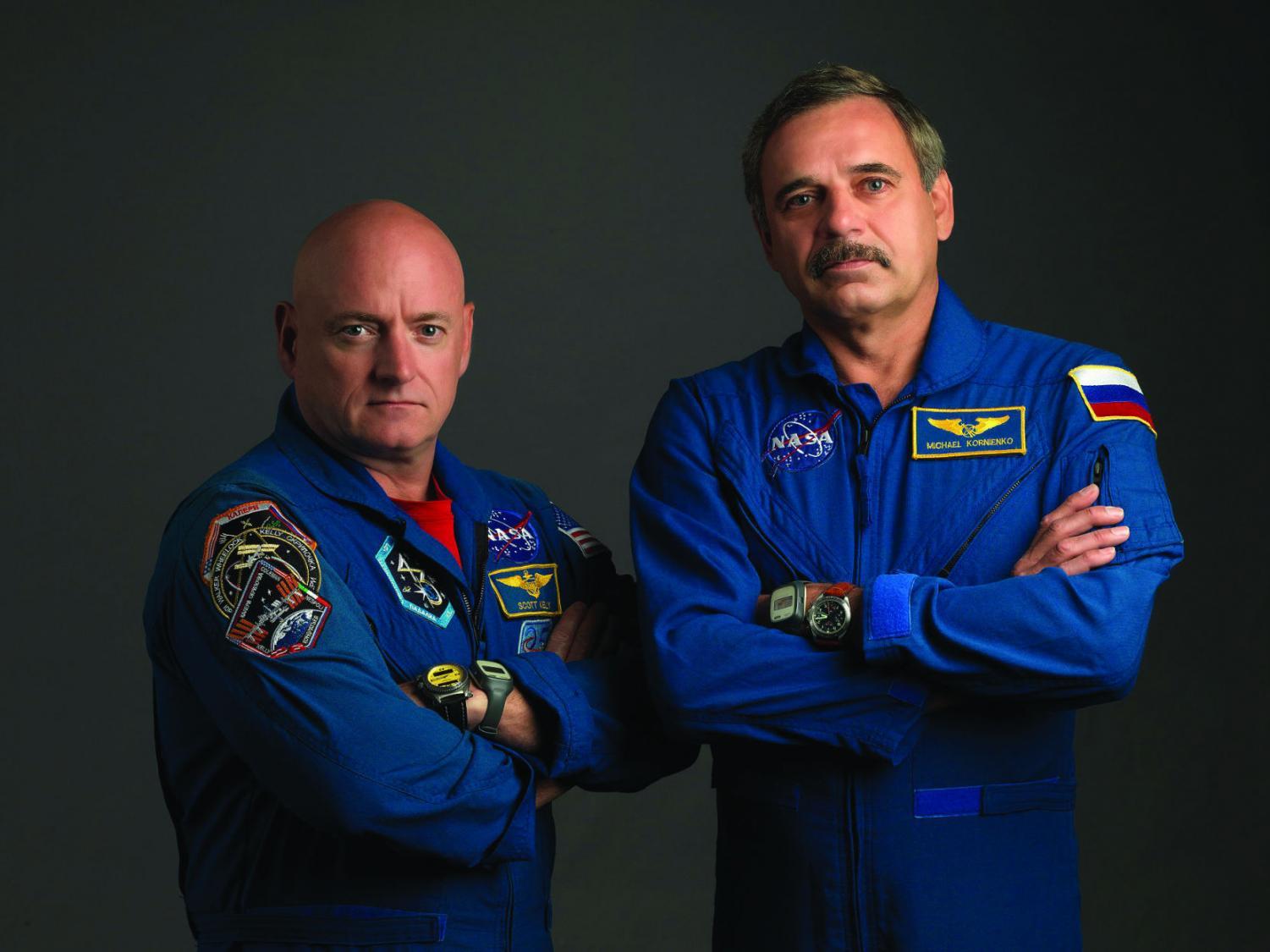Duo launching to space station for yearlong mission
March 25, 2015
Veteran astronaut Scott Kelly will be headed to the International Space Station on Friday for a yearlong stay in space.
Kelly, an American, will ride a Soyuz rocket on March 27 at 2:42 p.m. CDT. With him will be Russian cosmonauts Mikhail Korniyenko and Gennady Padalka. Korniyenko will stay aboard ISS for a whole year alongside Kelly.
“I’m thinking this is about to get real,” said Kelly in a tweet on March 6 while training in Moscow.
Kelly is 51 years old and has spent more than 180 days in space to date on two space shuttle missions and aboard the ISS in 2010.
Kelly has a twin brother, Mark, who was also an astronaut for NASA. Mark retired in 2011 after his final flight aboard a space shuttle. NASA will be taking advantage of the fact that they are identical twins. Mark will stay on the ground and scientists will observe the differences in how their bodies change.
Craig Kundrot, deputy chief scientist for NASA’s human research program said on NASA TV that the idea came about when, in 2012, Scott asked if any of the research would have anything to do with Mark.
“Our initial reaction was no,” Kundrot said. “We had just heard of this [one year mission] announcement, and there were no twin studies in the queue.”
Kundrot said that if scientists wanted to do a study on twins, they would have normally started about a year prior to that. He also said that NASA usually wants more than one set of twins for a study like this for statistical significance.
“But then the third thought was, ‘Hold it, this is a chance in a lifetime.’ We haven’t really had this opportunity before and we don’t foresee it happening again anytime soon,” Kundrot said.
Kundrot said the teams decided to seize the moment and came up with experiments in record time for NASA’s only twin astronauts.
Scientists will be conducting experiments on Scott and Mark in four key areas: human physiology, behavior health, microbiology, and molecular.
One example of human physiology that scientists will be looking at is why and how fluid buildup and tissue expansion around the eye hurts and begins to impair astronauts’ vision.
The molecular level studies will be looking how genes are turned on and off due to the space environment, and how that results in changes at the DNA level. Scientists will then compare the changes with Mark, the “control.”
“When we see significant differences in Scott that we don’t see in Mark, then we have a good clue that there may be something to follow up on,” Kundrot said.
Kelly and Korniyenko will stay on the ISS until March of 2016.
NASA will be streaming the launch on their website, www.nasa.gov/ntv. Students can also follow the student blog “Orbital Velocity” for updates about Scott’s mission and other ISS updates at orbital-velocity.blogspot.com.




